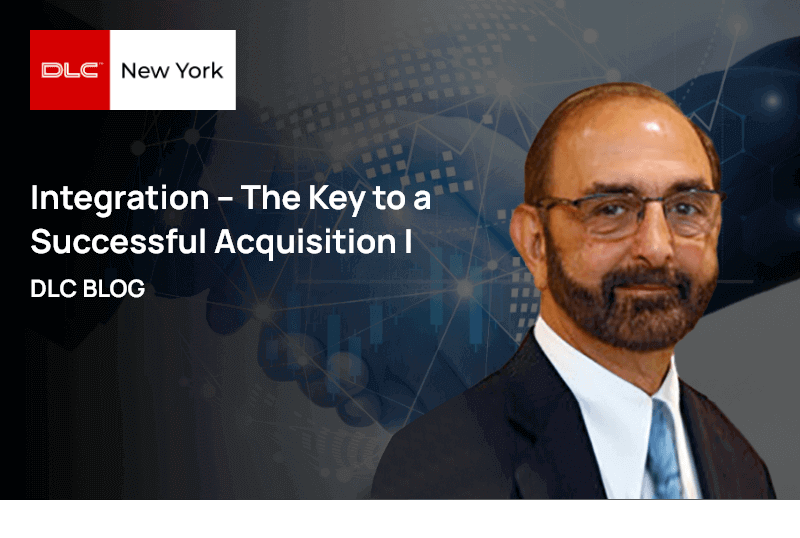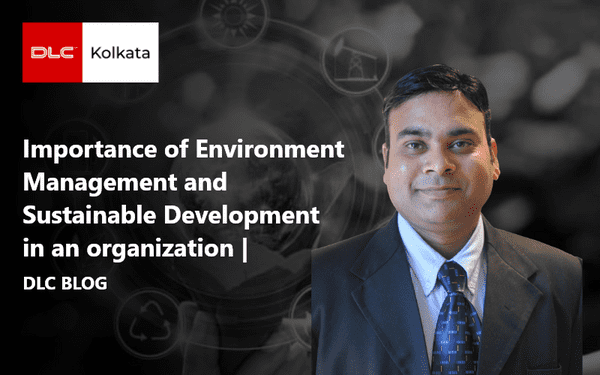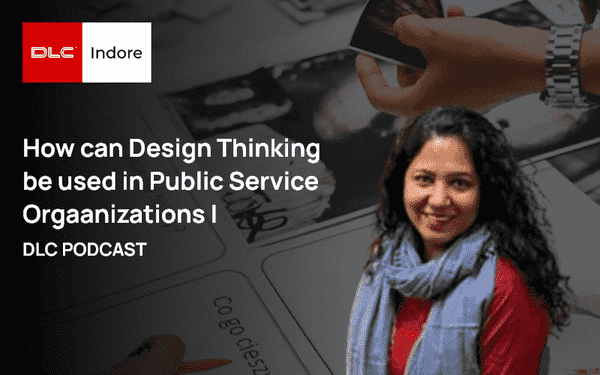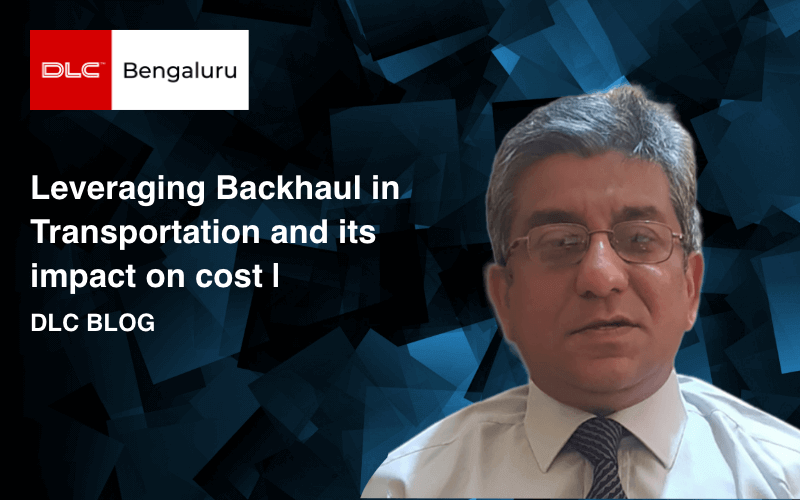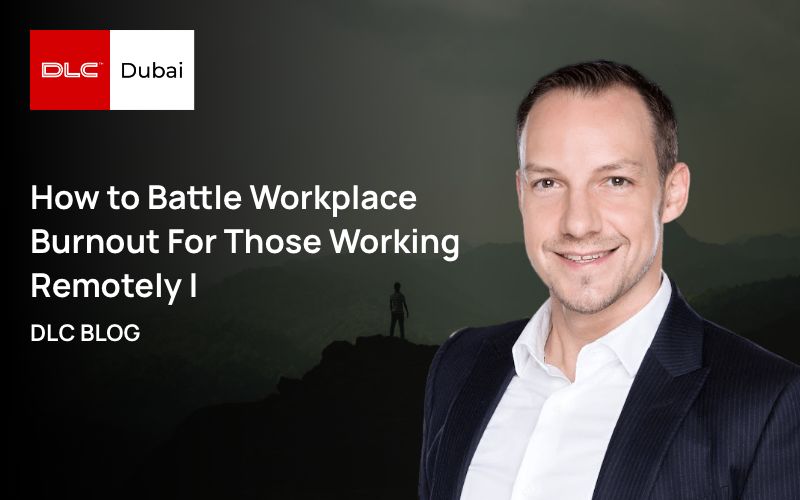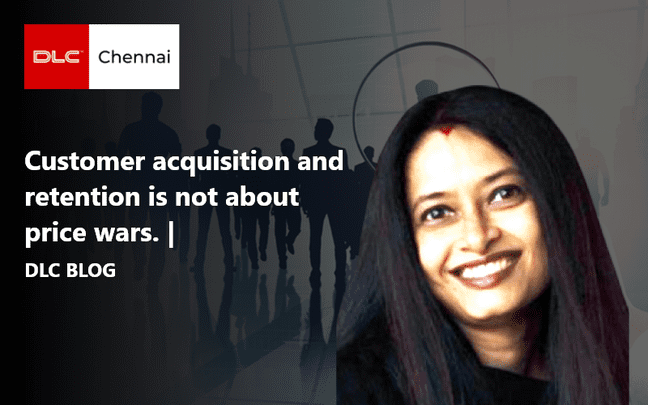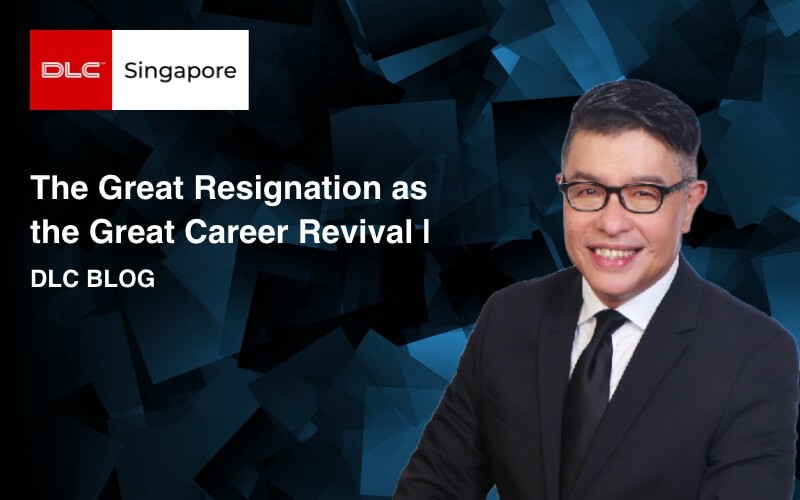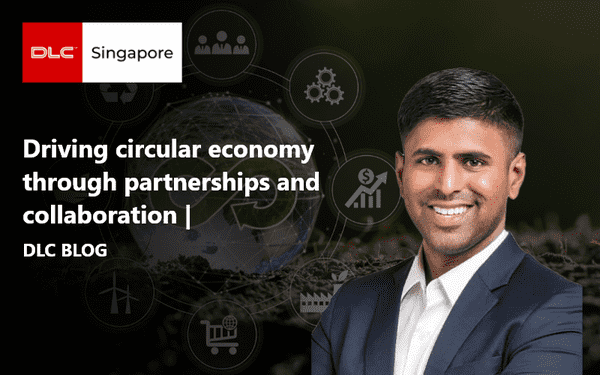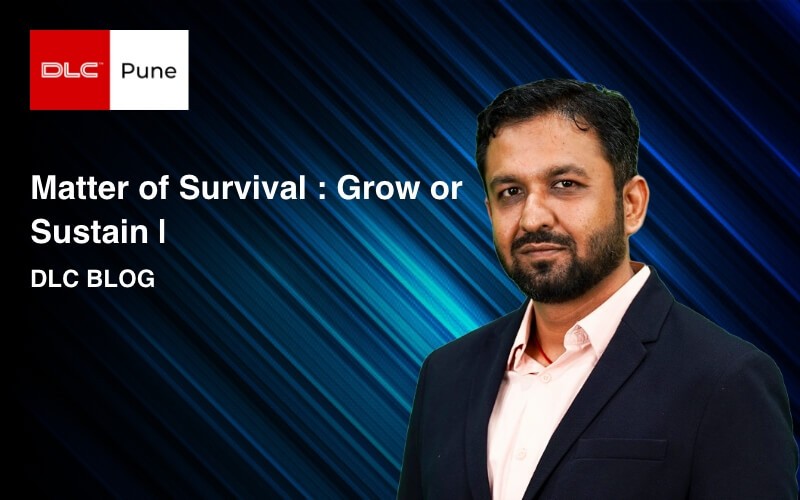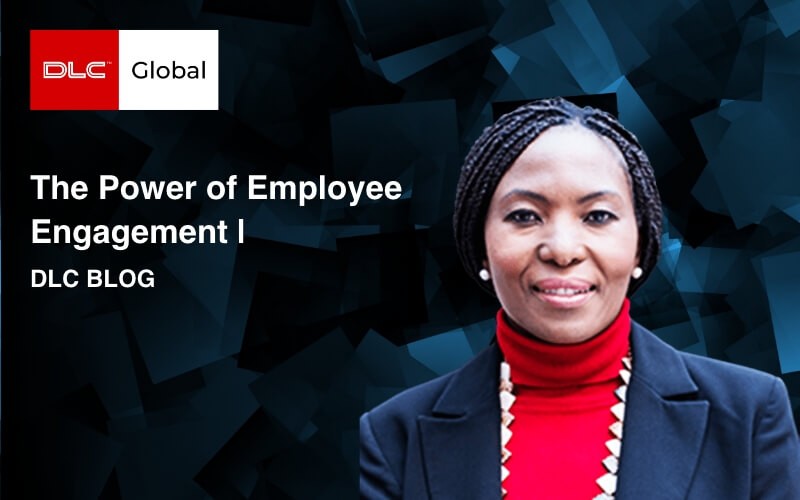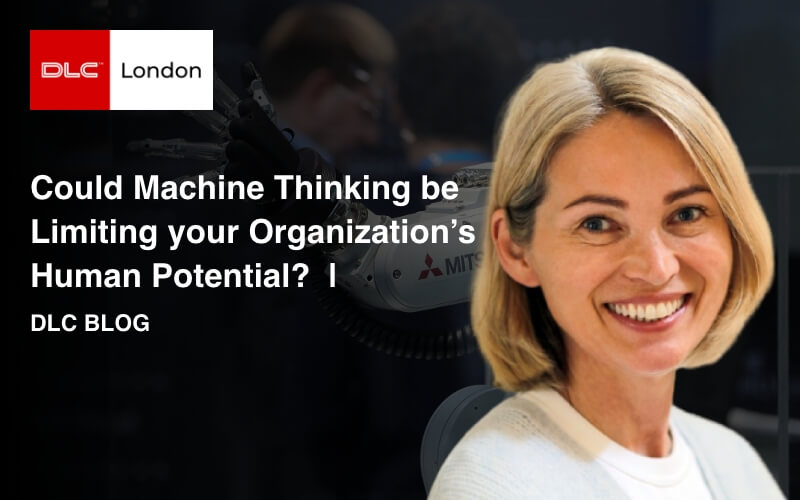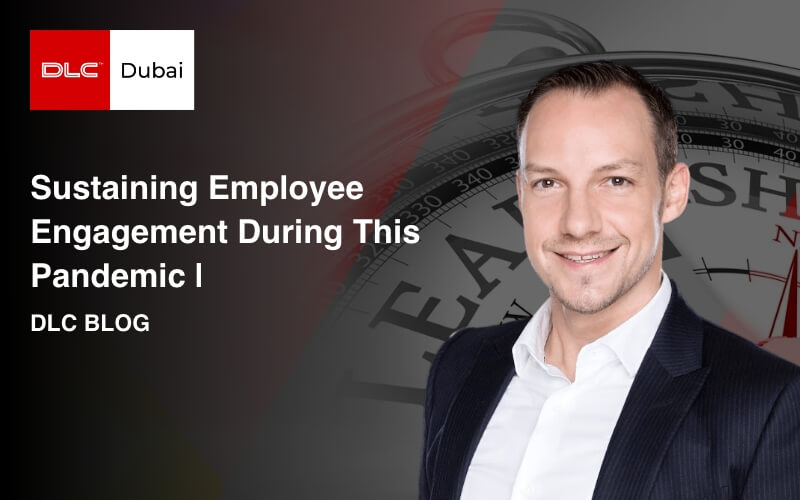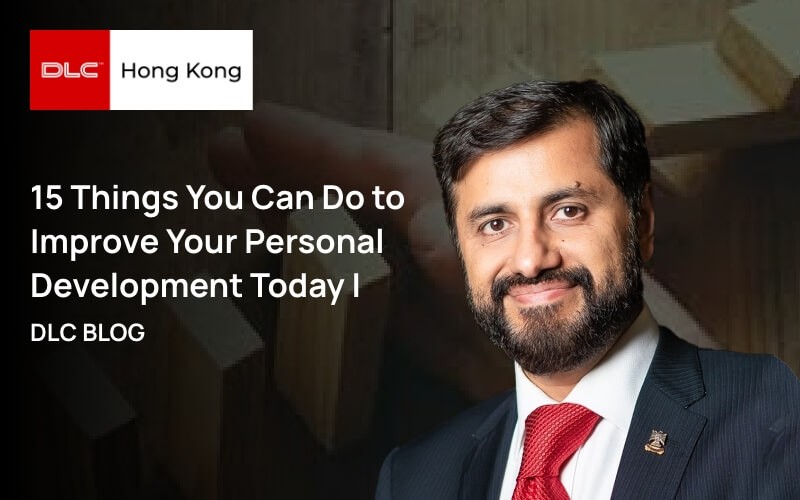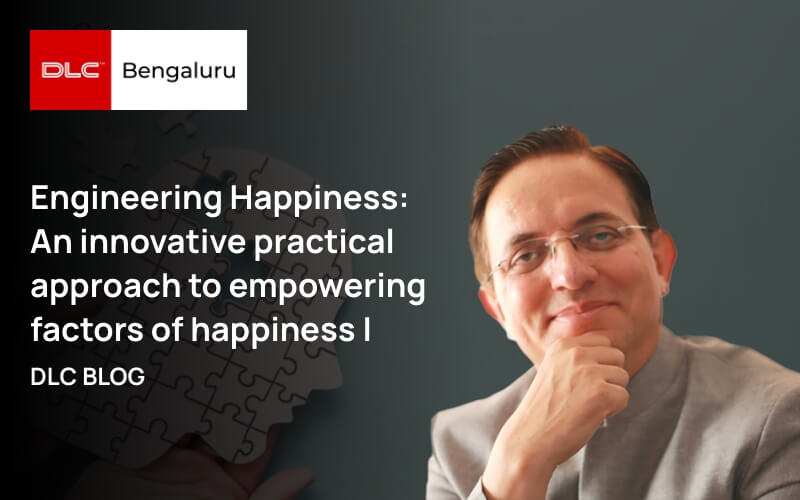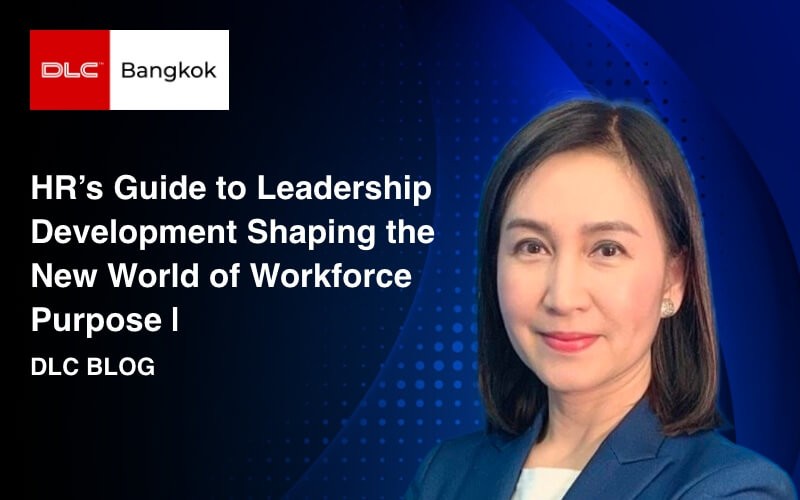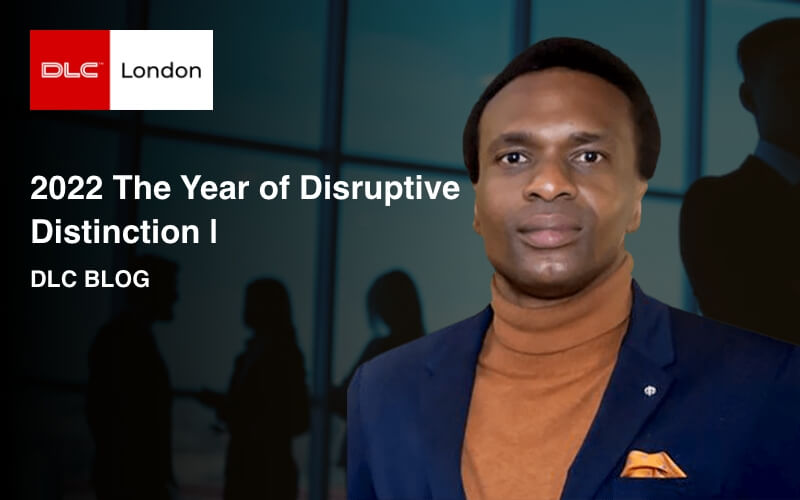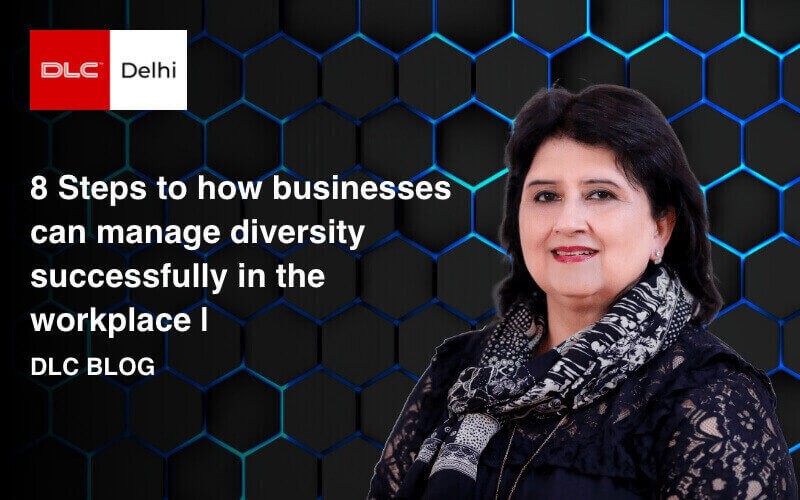
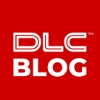
Tips to how HR can Motivate and Engage New Hybrid Workforces post Covid.
Meenal Goswamy
January 17, 2022
The pandemic has made the professional world more challenging than ever. With the backdrop of a more unstable workforce, organizations are realizing the value of efficient employees more than ever. With all the uncertainty and dynamism in the air, HR professionals are indispensable now.
Companies have had to tirelessly innovate the organization structures to accommodate changes. Due to frequent separation of employees, workflows have had to be redefined and manpower planning has become more complicated. Job descriptions have evolved and become more fluid, making recruitment more challenging amidst a shrinking budget. Given the current state of things, it is imperative for companies, both large and small, to focus on employee retention. Onboarding and building a sense of belonging in any new hire’s mind cannot be done through conventional means anymore. Earlier, the infrastructure of offices in itself played a role in engaging new employees. But now, HR is forced to think outside the box.
One of the contemporary innovations is the hybrid working model, which combines both working from home and working from office. This has the potential of being both a boon or a bane, depending on the implementation. HR professionals have been brainstorming, ideating and endlessly improvising to ensure a committed and uninterrupted workforce. The crucial thing here is striking the right balance and enabling the transformation, both physically and psychologically. If and when employees are coming to offices, HR needs to plan what number of employees need to be available at the same time and at what intervals. Policies for this would range from planning the transport to understanding which employees are interdependent on each other. One common model evolving is where localites are being called to work first and people from out of station are being given the option to report to their nearest branch instead of one fixed branch. Even attendance policies have had to be reframed to define how many hours an employee has to spend at work. Productivity patterns have reformed a lot. After employees have worked from home for all these months, it will be difficult for them to sit at their desks and be continuously productive for hours at a stretch in office, especially in a hybrid model where working from home will still be in the picture. Policies to accommodate small regular breaks while working would need to be put in place. Plus, more attention needs to be paid to employees’ families, since schools are not operating like they used to.
One of the greatest weapons in an HR’s arsenal used to be recognition. However, not only is it more difficult to measure performance now, it is also more difficult for keep everyone updated with their peers’ accomplishments. Performance review policies need to be restructured to identify key performers. KRAs and KPIs must now be aligned with the new working model. With roles becoming more fluid and open ended, career objectives are also becoming multi-dimensional. A simple “Employee of the Month” is no more sufficient. Matrices to measure intangible contributions such as leadership skills need to be developed. This can be done by asking leading questions, communicating more often, and structuring rewards accordingly.
Communication policies too need to be redefined to make sure loyalty is built amongst the employees. Certain organizations have come up with virtual “water cooler” channels wherein employees can have informal communication in office hours. These channels are crucial for maintaining the balance. Periodic automated feedback, HR Skip meetings, monthly self-appraisal, are all some simple ways of implementing formal communication channels.
The most basic requirement of a hybrid model would be to blur the boundary between office and home. The comfort level at offices will have to be increased to make the frequent switches in work environment friction free. Actions for this could range from something as simple as putting more comfortable chairs in offices, to something as complicated as being focused on the output rather than work hours. However, that said, it is also essential to value work-life balance. Employers must realize that covid-anxiety is real and going forward, mental health needs to be factored into decision making.
The beginning of the pandemic witnessed a global recession with millions losing their jobs. But now that the world is slowly accepting the new normal, we are seeing what is being called “The Great Resignation” or “The Big Quit”. America saw as high as 4 million resignations in a single month (April 2021). Europe too has faced resignations from over 6% of its overall working population in some major economies like France, Germany, UK, Belgium, etc. China is facing a similar phenomenon. It is all due to a dissatisfied and displeased workforce. Employees are wary of joining an organization which may resort to lay-offs when crisis hits. Even MNCs like Microsoft and Apple are spending millions to retain talent. The only way to manage all this change is to give credit where credit is due. Value the invaluable role that HR plays in any organization and start acknowledging that human capital is the most expensive and potent one there is.
A qualified HR professional with 18 years of experience and a consulting firm to her name, along with an EDP-HRM from XLRI, Jamshedpur and an MMS from MNIT, Jaipur. Meenal has a passion for simplifying business complications through observation and analysis. The woman leadership award 2019, along with her many multinational clients stand as proof of her dedication and professionalism.
Want to connect ?









